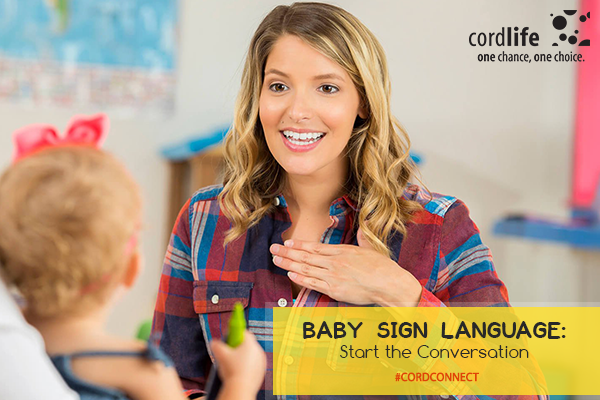Table of Contents
I have grown up hearing that infants learn multiple things in their growing years towards toddlerhood. When I had my first baby, I already knew this but I have got a different experience from what I have heard over the years. Although it is true that kids learn many things, the reality can be completely different to what I have heard in the past. Right from childbirth, you happen to witness many things they learn on a “daily basis”. You heard it right!! You will see them learning new things every day and it is a sheer joy to watch them picking up brand new things one after the other.
Identifying the bottle or the breast, fixing vision, turning aside, turning upside down, moving on the belly, responsive sounds, crawling, sitting, teething, standing, walking a few steps holding, walking without support, initial conversations through signs, developing speech, learning to hold a pencil, alphabets and so on….inherently, the child develops cognitive and motor skills in the course of crossing all these milestones. Developing speech involves a long period of time with variable steps comprised in it. They start communicating with the caregivers or parents when they are few months old.
They make responsive sounds at the sight of a milk bottle which may be the initial sign of communicating. The parents can make out the way their infants communicate when they are sleepy, irritated, hungry or when they need attention with the help of their facial gestures. Slowly signs develop into conversations and these progresses with the amount of conversations the child is able to have. The more the child hears, the more the communication is. It does not mean that kids do not learn conversing if we do not make much effort. They still learn it at their own pace. Then why is it important to start conversing with them to teach them our language.
- Teaching language increases the communication between the child and the caregivers or parents in order to understand the child better in emotional, psychological and physical aspects.
- Caregivers can understand the necessities of a child although the child is not well versed with the language.
- It becomes easier for the child to explore the world in a better manner with partially learnt language.
- It helps in safeguarding the child to a greater extent.
- It helps the child in learning proper etiquette during early childhood.
- It is possible to develop a loving bond with the child due to the understanding levels.
- Cognitive skills and motor skills develop in their early childhood.
- Responsive caregiving is possible with better conversing abilities.
- Language increases the socialization abilities of a child.
We can take it for granted that children learn conversing at their own speed even though sign language is not taught. However, to increase the overall ability of understanding a child, language and communication skills help parents a lot. The day to day usages such as foods, greeting gestures, activities like eating, drinking, walking, running, sleeping, sitting etc. body parts, friends’ and relatives, fruits and veggies can all be included in the sign language. We can in fact develop our own language at home making easy gestures creatively for the baby to understand. If it is a tedious job for you, there are experts who run tutorials to teach sign language for babies. Also, it would help channelizing the babies’ energy by engaging them in an interesting activity. The same language learnt can be used for the second and third child as well. Making this little effort towards conversing with your children in their early childhood will help them to explore the surroundings better and in a channelized way.
Sources:
https://en.wikipedia.org/wiki/Baby_sign_language
http://www.parents.com/baby/development/sign-language/baby-sign-language-first-foods/
